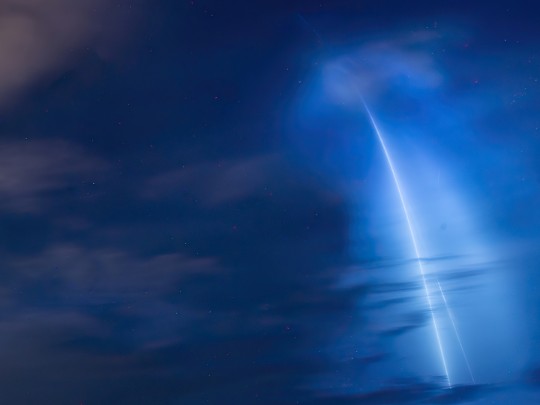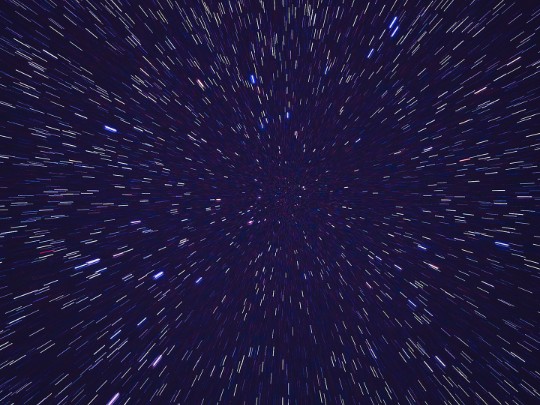Unveiling the Night Sky's Secrets: A Journey Through Light Trajectories

The night sky, often perceived as a vast, unchanging expanse of darkness, is actually a dynamic theater of celestial motion. While the steady glow of stars captivates us, a deeper appreciation arises from observing the mesmerizing dance of light – the intricate light trajectories that weave fleeting narratives across the heavens. Let's embark on a journey to decode these luminous paths and unlock the secrets they hold.
The Fleeting Beauty of Meteor Showers
Consider the spectacle of a meteor shower. Each brilliant streak, a fleeting 'shooting star,' represents a tiny fragment of space debris incinerating within our atmosphere. These aren't random flashes; they are light trajectories – paths carved by objects traveling at incredible speeds. Witnessing a meteor shower is a momentary glimpse into the raw power and velocity of celestial mechanics, showcasing the dramatic interplay of cosmic forces.
Planetary Paths: Predictable Orbits in the Night
Beyond meteors, the planets themselves trace predictable routes across the night sky. Unlike stars that appear fixed, planets exhibit a subtle, yet noticeable, movement. Their light trajectories aren't just random twinkles; they are reflections of their orbital journeys around the sun. Observing these paths allows us to understand the ordered movements within our solar system, demonstrating the elegance of Kepler's laws in action.
The Subtle Shift of Stars: Stellar Parallax
Even the seemingly immutable stars aren't entirely static. Over extended periods, they exhibit a subtle shift in position against the backdrop of even more distant stars – a phenomenon known as stellar parallax. This tiny shift is a direct consequence of Earth’s orbit around the sun, and it provides crucial evidence for the immense distances to these luminous beacons. Modern astrophotography has revolutionized our ability to capture these subtle shifts, revealing the slow, graceful light trajectories of stars over decades. Through time-lapse imaging, we can literally see the heavens change.
Connecting to the Cosmos
Whether it’s the sudden burst of a meteor or the measured arc of a planet, observing these light trajectories fosters a profound connection to the grand scale of the universe. It’s a reminder of our place within its boundless expanse, sparking a sense of wonder and humility. So, the next time you look up at the night sky, take a moment to truly see – you’re witnessing a cosmic ballet of light and motion, a silent story written across the heavens.






